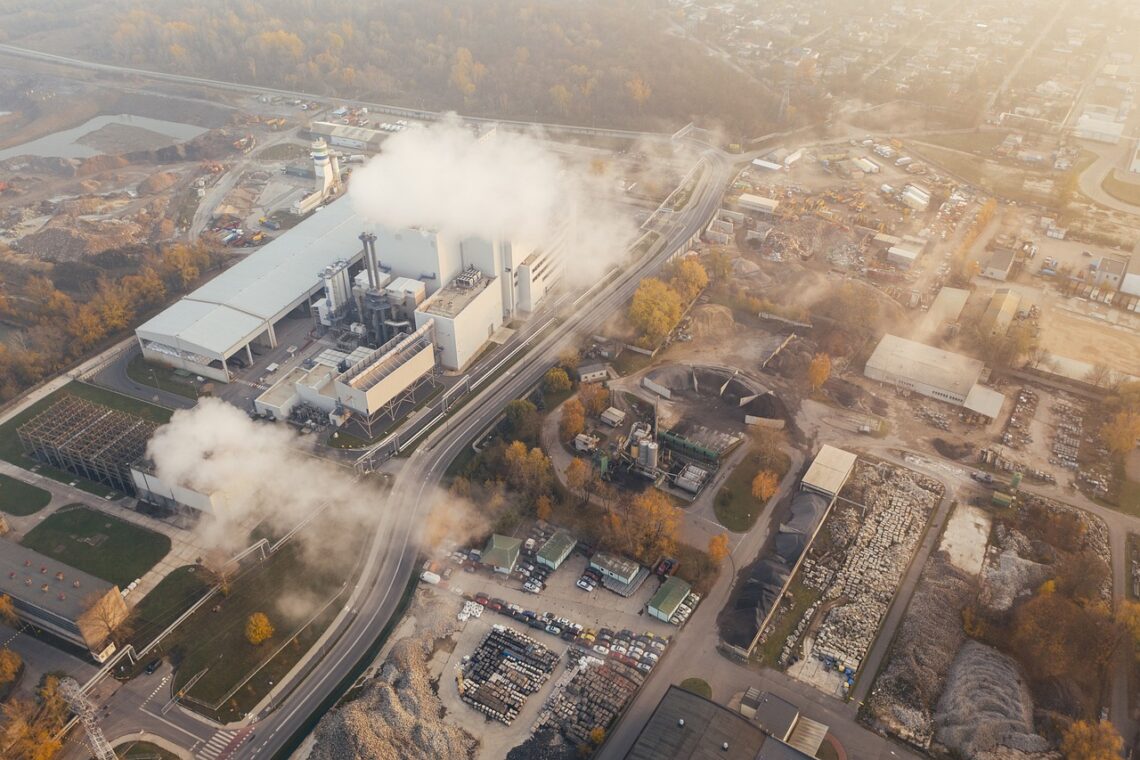Certain levels of air pollution deemed safe previously can cause a number of diseases and hinder brain development in children, researchers say.
A new longitudinal study, published in the journal Environment International, noted that even lower levels of pollution can interfere in the connections between brain regions, which can pose a serious threat to cognitive development.
The study authors, from the University of Southern California (USC), used brain scan data from over 9,000 participants in the Adolescent Brain Cognitive Development (ABCD) study, the largest nationwide study for youth brain health in the United States.
They found in some areas of the brain, there was an increase in the number of connections compared to what is considered normal, while other brain regions exhibited fewer connections.
How pollution affects brain development?
The connection between different regions of the brain is crucial for its development and day-to-day functioning. Communication plays a vital part in various aspects, ranging from how the brain collects information and how we think and feel.
Many of these connections are forged early, between the ages of nine and 12. They play a significant role in children’s cognitive and emotional brain development.
“Air quality across America, even though ‘safe’ by EPA [Environmental Protection Agency] standards, is contributing to changes in brain networks during this critical time, which may reflect an early biomarker for increased risk for cognitive and emotional problems later in life,” study senior author Megan Herting, an associate professor of Population and Public Health Sciences at USC, told Earth.com.
Herting and her team examined the relationship between air pollution and brain development by tracking functional MRI scans from 9,497 participants aged 9-10. A subset of this group was selected for additional scans two years later to observe changes in brain connectivity over time.
Researchers focused on specific brain networks,…
Read the full article here








